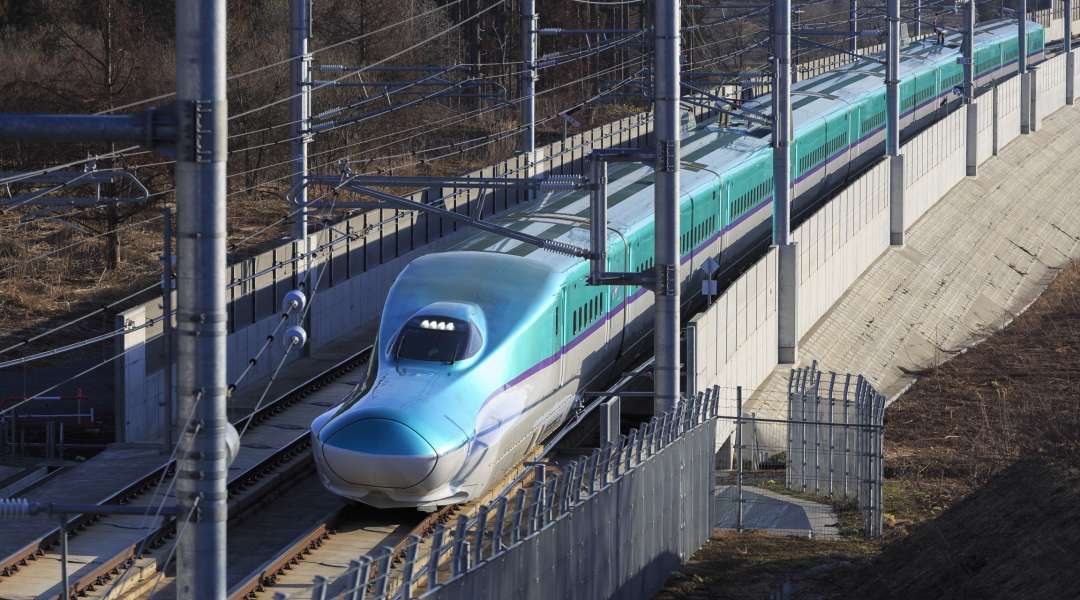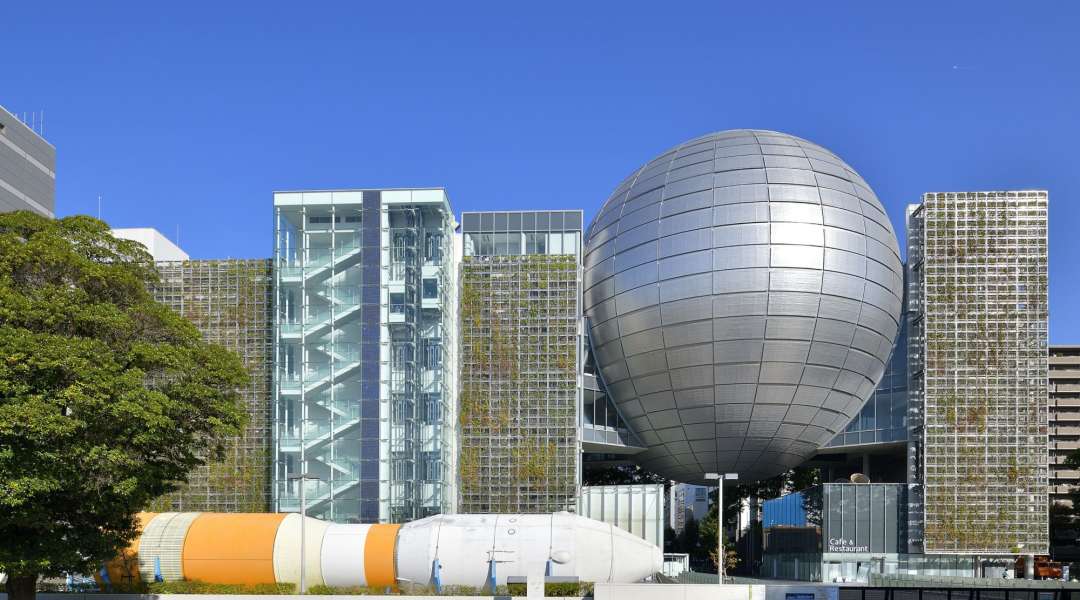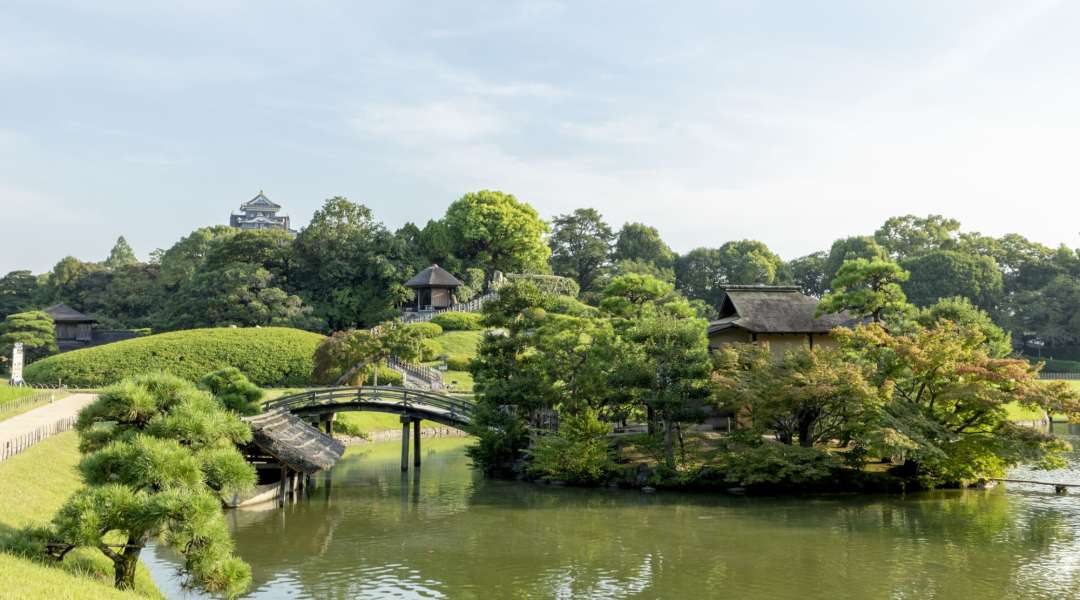
Japanese 'shinkansen' bullet trains have come a long way since the opening of the first line in 1964 and this year marks another milestone with the opening of a new line in the south to Nagasaki, and the 30th anniversary of the Nozomi train speeding across the country on the 14th of March! The name ‘Nozomi’ means hope or wish and it represents the hopes and dreams of everyone involved in its creation, back when Japan first cemented its status as bullet train country. But how fast is the bullet train? Where does the bullet train go, and how long does it take?
People in Japan are crazy for their trains (so are we) which means that this event was celebrated with fanfare as special tickets, Nozomi-themed merchandise, and much more appeared on the market. Past visitors might recognise the name of this particular bullet train as the train to avoid if you have a JR Rail Pass as Nozomi is first and foremost a commuter train and therefore not included. However, it’s a special train known for its speed since 1992 when the 300 series was travelling with the revolutionary speed of 270km/h! After the opening of the Tohoku-Hokkaido bullet train line, it became Japan’s second fastest bullet train with the N700 series reaching maximum speeds of 320km/h on some sections of the route. Nozomi runs on the tracks between Tokyo and Hakata station in Fukuoka in the south, and also goes to Kyoto - a journey which takes just over 2 hours. But let’s take a look at what lesser-known gems you can find along the way.
Nagoya Station

Japan’s third largest city was put on the visitors’ map after the announcement that the first Ghibli Park will be opening here on the 1st of November 2022. Ghibli Park will be divided into five sections inspired by studio's biggest hits like 'My Neighbour Totoro' or 'Spirited Away' and will incorporate natural elements to convey the atmosphere.
Nagoya used to be known as ‘boring’ among locals because rather than with its impressive castle and close ties to samurai history, everyone associated Nagoya with the automotive industry. There is plenty on offer here starting from the towering Nagoya castle, through the Tokugawa Art Museum, to the world's largest planetarium at the City Science Museum.

Okayama Station

Korakuen Garden with views of Okayama Castle
Another lesser dwelled stop on Nozomi’s tracks is Okayama, known for its juicy peaches and Momotaro the ‘Peach Boy’, a local hero whose statue is located by the station’s entrance. Fans of traditional Japanese gardens will have to stop at Korakuen, one of Japan’s three great gardens with features like carp-filled ponds, borrowed scenery, tea houses, and cherry trees. Strolling through the garden you’ll discover different views on every corner, and get a good look at the Okayama Castle which is located on the side. We recommend taking a break and exploring the shopping alleys leading from the station which exude a retro Japan charm more so than shopping areas in cities more popular among visitors.

Kokura Station

Surprisingly enough, Kokura station is the name of the main station of Kyushu's northernmost city - Kitakyushu. The local Kokura Castle was once home to Japan’s famous swordsman Miyamoto Musashi and also happens to be the only standing castle keep in Fukuoka prefecture! The castle is surrounded by Katsuyama Park where you can find a memorial devoted to Musashi built on the site of his former residence. Kitakyushu used to be one of Japan’s major ports due to its proximity to China so make sure to make some time for a stroll around Moji Port. Visitors to the area should also make note of the Kawachi Fujien Wisteria Garden famous for its atmospheric wisteria tunnels in late April and early May. Just make sure to purchase your ticket in advance!

Exploring the country using Japanese rail makes for beautiful memories of traditional landscapes, interesting food you can buy for your journey, and time spent immersing yourself in Japanese culture. In the case of Nozomi travelling between Tokyo and Kyoto, you’ll get a chance to see Mt. Fuji, tea terraces, and a glimpse of the real Japan. Ghibli Park, one of Japan’s three famous gardens Korakuen, and the castle where Japan’s esteemed sword master Musashi created his legacy are just one of the few places waiting for you along the shinkansen line. Don't worry if you're planning to get a Japan Rail Pass, you can reach all of the above locations using other lines included in the ticket.
Here is to a hundred more years for Nozomi!

















































